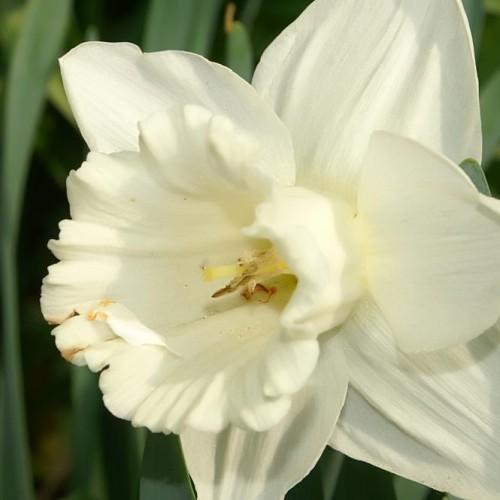
trumpet daffodil
Narcissus 'Mount Hood'
Cycle:
Perennial
Watering:
Average
Hardiness Zone:
3 - 8
Flowers:
Flowers
Sun:
Full sun,part shade
Leaf:
Yes
Growth Rate:
High
Maintenance:
Low
Care Level:
Medium
watering
Trumpet daffodil (Narcissus 'Mount Hood') requires regular watering during the growing season, which is generally from mid-March through late June. The soil should be kept lightly moist, neither overly wet nor too dry. Deep watering should be done every 2-3 weeks, allowing excess water to drain away from the roots. During the hottest summer months, water only weekly. Avoid getting the foliage wet as it may cause foliar diseases. Once the plant has stopped flowering, no further watering is necessary.
sunlight
Trumpet daffodils (Narcissus 'Mount Hood') require between 6 and 8 hours of direct sunlight each day for optimal growth. While providing too much direct sunlight can cause the plant's leaves to burn, providing too little sunlight can prevent the plant from producing flowers. If grown in partial shade, trumpet daffodils may not bloom at all. When given the right amount of direct sun, trumpet daffodils typically bloom in early spring.
pruning
Trumpet daffodil (Narcissus 'Mount Hood') should be pruned at the end of its flowering period by removing the spent flowers and seedpods. To ensure better blooming the following season, the foliage should be left in place and trimmed back to about 4 inches above the soil line after it has died off completely, usually in mid-spring or early summer. This will also help keep the plant's energy focused on the bulbs for flowering. Nutrients and water should also be added to the soil to ensure a healthy and strong plant.
